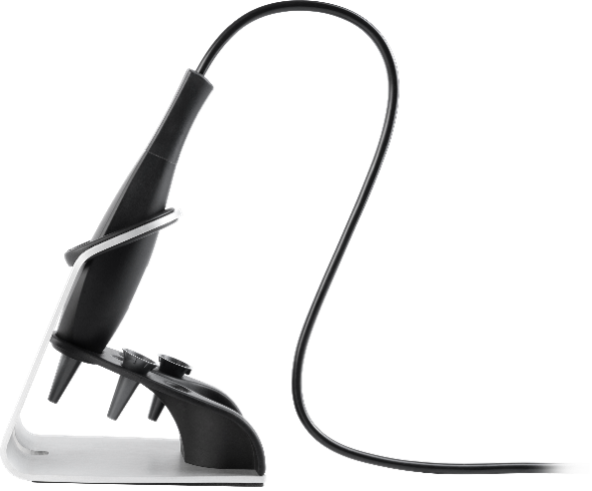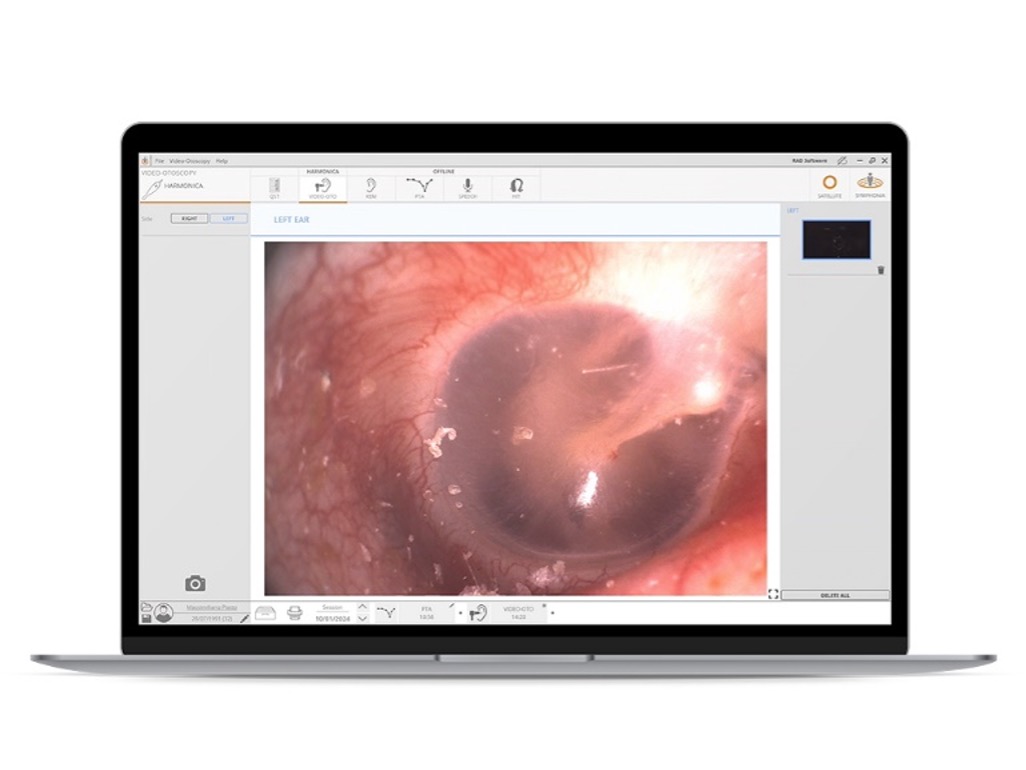Question
Is a video otoscope a necessary tool in a hearing aid clinic?
Answer
Despite the widespread use of photo and video sharing on social media, video otoscopy has been relatively slow to become a standard practice in audiology clinics.
However, advancements in technology have made video otoscopes more accessible, Noah-compatible, and capable of capturing ultra high-resolution images.
Here are five compelling reasons why you need a video otoscope in your clinic:
1) Diagnostics
Which do you think is better for diagnostics: briefly glancing at the eardrum and ear canal through a traditional otoscope or carefully examining a large, high-quality, full-color image displayed on a big monitor? The answer is clear—video otoscopy provides a superior diagnostic experience.
2) Documentation
With a standard otoscope, there is no way to document what you’ve observed. Video otoscopy allows for thorough documentation, not only for patient records but also for comparing changes between visits and before-and-after procedures like earwax removal.
3) Liability
When performing cerumen management or earmold impressions, documenting the condition of the ear canal before and after the procedure is crucial. This documentation can serve as vital evidence if a patient claims that you perforated their eardrum, providing clear proof that you did not.
4) Transparency
Video otoscopes are most effective when used with large, patient-facing monitors, allowing the patient to see exactly what you see, as you see it. If something goes wrong, such as an abrasion caused by a curette, the patient can see the issue immediately, ensuring full transparency.
5) Professionalism
Patients now have access to inexpensive USB video otoscopes that they can use at home with their smartphones or computers. Imagine how unprofessional it would seem if they came to your clinic only to find you using an outdated, traditional otoscope. A video otoscope not only keeps you current but also enhances your professional image.
Conclusion
Video otoscopy is rapidly becoming the new standard of care. There is no excuse not to have a video otoscope in your clinic. It enhances diagnostic capabilities, enables documentation, reduces liability, and improves transparency and professionalism.
For those seeking to elevate their practice with the latest technology, consider Harmonica, the cutting-edge video otoscope from Inventis. Harmonica offers exceptional digital resolution for clear and detailed examinations, while its ergonomic design ensures both patient comfort and professional efficiency. Compact, portable, and technologically advanced, Harmonica is the perfect tool to modernize your audiology practice.

Figure 1. Harmonica video otoscope.

Figure 2. Image of the tympanic membrane displayed on the Maestro software and captured with Harmonica.
Resources for More Information
For more information about Inventis, visit https://www.inventis.it/en-na
Check out the following courses published on AudiologyOnline:
• Get Connected: The Benefits of Data-Transfer and Computer-Based Audiological Equipment
• From Evaluation to Post-Care: Enhancing the Patient Journey in Hearing Aid Fitting

